Timber and bamboo packaging used to support, protect or carry imported goods must meet the import conditions outlined in BICON.
Import conditions vary depending on the type of packaging. The following BICON cases apply:
- For packaging imported as a commodity, use the ‘Timber and bamboo packaging’ case.
- For packaging used to support other commodities, use the ‘Non-Commodity Cargo Clearance’ case.
Read more about exotic pests that may arrive in imported timber and timber products.
Types of packaging and dunnage
Timber and bamboo packaging includes cases, crates, pallets, bearers, beams, skids, load boards, drums and blocks.
These can be made from solid timber, plywood or reconstituted wood, bamboo, bamboo laminate or a combination of these materials.
Import conditions vary depending on the type of packaging and materials used. Timber and bamboo packaging have varying biosecurity risks. They can be grouped into three categories:
1. Unrestricted packaging material
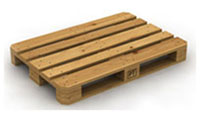
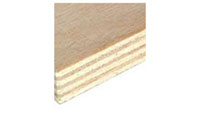
These materials are made of timber or bamboo and have a very low biosecurity risk. Unrestricted packaging materials include:
- reconstituted wood, plywood and veneer that have been sufficiently processed
- bamboo laminate and veneer that have been sufficiently processed, such as bamboo-oriented strand board.
Sufficient processing includes the following manufacturing activities:
- shredding or stripping of the bamboo or timber
- boiling or steaming
- peeling or veneering
- kiln drying followed by a moulding or pressing process to produce laminates or veneer articles.
Unrestricted packaging materials must be clean and free from solid wood, unprocessed bamboo and biosecurity risk material such as bark and soil. Packaging that does not meet this requirement will need treatment.
Note: Packaging that meets the above requirements does not need to be declared as timber packaging or dunnage or as unacceptable packaging.
2. Packaging and dunnage containing solid timber
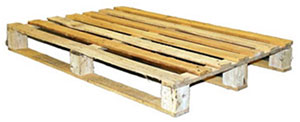
Packaging made from solid timber or bamboo must be treated and declared on the packing declaration. This also applies to packaging made of solid timber in combination with other materials such as reconstituted wood, plywood, or bamboo.
Importers should ensure this packaging meets ISPM 15 bark tolerance requirements, and has been either:
If packaging and dunnage containing solid timber is not treated in accordance with ISPM 15, or where an acceptable offshore treatment has not been carried out, it will require a mandatory treatment when it arrives in Australia as per BICON, or may be exported or disposed of at the importer’s expense.
For more information, see the Non-commodity information requirements policy, and the import conditions in BICON.
3. Packaging containing bamboo
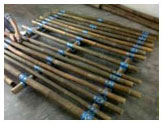
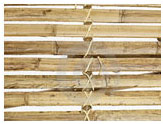
Packaging containing bamboo includes crates, cases, pallets, bearers and blocks. Bamboo packaging can also contain timber.
This packaging material requires a treatment as outlined in BICON and must be declared on the packing declaration.
See the Non-commodity information requirements policy for details of the declarations required.
Documentary requirements
There are documentary requirements that must be met to support assessment of non-commodity concerns. These are outlined in:
- Non-commodity information requirements policy
- Minimum documentary and import declaration requirements policy.
These vary depending on the type of consignment and the types of packaging materials used.
The packer of a container must complete a packing declaration for containerised cargo. Packing declarations are:
- required for Full Container Load, including reefers that are not hard frozen, and Less than Container Load consignments
- not required for air and break-bulk cargo consignments.
Cargo types that do not need a packing declaration will be subject to routine surveillance.
